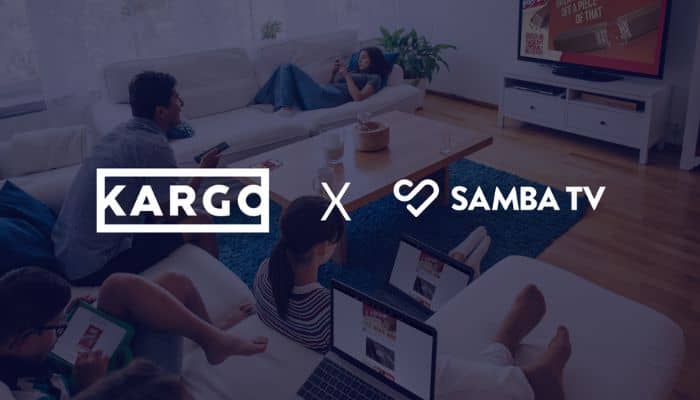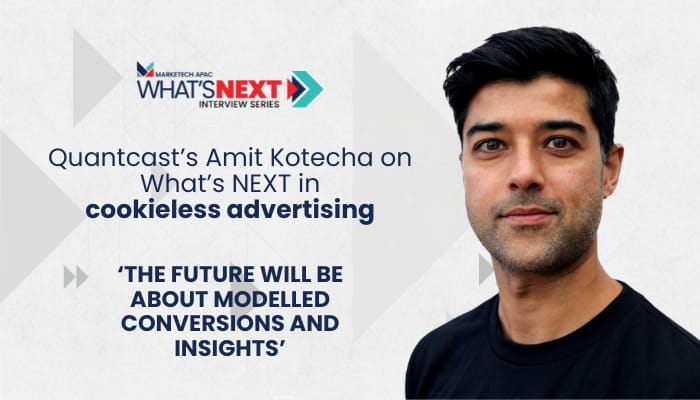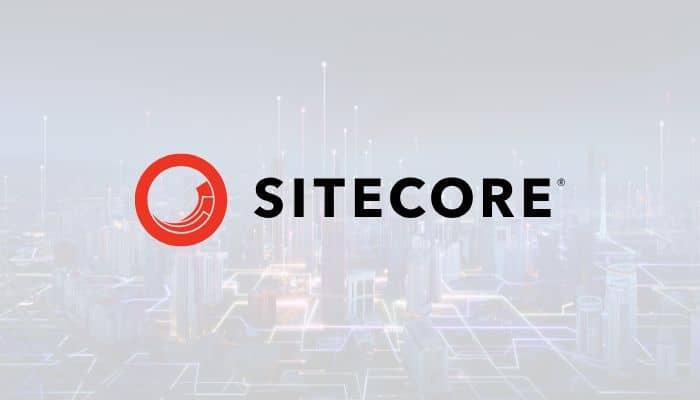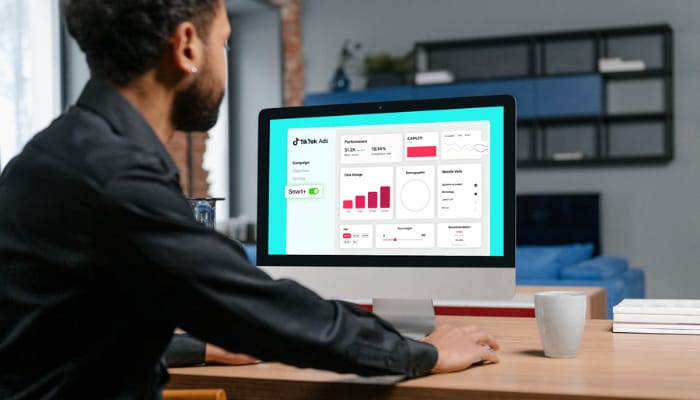With browsers prioritising user privacy, marketers must pursue other methods of targeting and measuring campaigns. Reality has forced them to seek alternatives to adapt to a digital world becoming less and less dependent on third-party cookies..
But even as the global reliance on cookies decreases, some people still find it difficult to envision a practical and effective future without them.
In MARKETECH APAC’s latest What’s NEXT in Marketing interview with Amit Kotecha, Quantcast’s chief marketing officer, he specifies how the industry can thrive in the inevitable cookieless future without compromising results.
Impact of data privacy regulations
Due to data privacy issues, more web users have opted to browse in environments that have ceased using third-party cookies. As such advertisers who have benefitted from third-party cookie measurement tactics in their campaigns have had to adapt.
“I’d say that it’s impacting everything today already. So, as much as we tune in on what Google is going to do with Chrome, half of the internet is currently cookie-less today. Since Safari made a change to their browser in 2018, cookie deprecation has been happening across the whole world in every market. According to our data, in most markets it’s over 50%,” Amit said.
According to him, even the percentage of people who have cookies will only keep them for less than a week.
“So there’s this constant refreshing of cookies that are unreliable now for any type of targeting or measurement. That is the reality today,” he added.
Adopting alternative measurement tools
The notion of shifting to other measurement tools is that advertisers need to compromise with less efficient and effective means. With emerging technologies however, this does not have to be the case.
“When it comes to measurement, a lot of it is about education. A lot of this is new. And so you’re moving away from a certain way of doing things and moving to a new process. Yet the measurement itself should not change, I don’t think. The actual outcome you’re driving to shouldn’t be different, whether it’s toward a sale, or sign-up or whatever it is that you’re trying to deliver,” Amit said.
Concerns over the practical use of alternative measuring tools are not unfounded. According to Amit, there are also levels of complication when dealing with cookieless campaigns. Using artificial intelligence is one way to solve this problem, at least after testing out what works over time.
“The way I look at it is that there used to be a direct line between an ad that you deliver, an impression and a conversion. And that connection was always a cookie. You know that you delivered an ad via a device or a browser to this person, and then they saw that ad, before they converted. Now that connection is severed–it’s no longer there anymore. But that impression still happened and that conversion still happened,” he explained.
“In order to understand the link in the customer journey, you have to connect the dots, and Artificial Intelligence (AI) is the best solution for this because it can start to make predictions. The more conversions and impressions an AI engine sees, the better it gets at making predictions on web users and how they convert on an advertiser’s website. A lot of this is about testing and education, but it’s also about running more and more campaigns using this type of measurement,” he added.
Amit specifies that advertisers can start using modelled or enhanced conversions, which provide conversion tracking despite cookie limitations. Additionally, they can use conversion APIs, which gather data from a customer or advertisers directly.
“I don’t think we’ll be talking about cookies moving forward. I think the future will be about modelled conversions and modelled insights, and those will just be the norm moving forward. We’ve got some ways to go before we get there, but the fact that advertisers can do this today and still have cookies to check their data against now–it’s like the best training data set to test against,” he said.
Restructuring perspectives to function without cookies
Brands are facing the fact that consumers are opting out of using third-party cookies due to privacy concerns. Advertisers are also aware, according to Amit, that the eventual cookie elimination is inevitable.
“I think we’ve always looked at this is as inevitable no matter what. So we’ve re-architected our entire business to function without cookies. And many advertisers consider targeting and measurement with the eradication of cookies and they think, ‘well, this is complicated and confusing and it’s not effective anymore,’ so they move their budgets away from programmatic, which doesn’t help them to succeed in an increasingly digitised world,” he explains.
With that, Amit emphasises the importance of first-party data for advertisers.
“If you’re an advertiser and you have first-party data, collecting it and using it is really important now for measurement. You can either connect it to a DSP, or to a clean room and measure some of your conversions directly from the publisher’s side as well. That’s really important, but it’s never going to give you the full picture. This is where you’re going to have to fill the gaps in with some type of modelling,” he said.
Reflecting on the future of advertising, Amit also highlights a potentially harmful practice with third-party cookie measurement.
“I really hope that we move away from the usual kind of arbitrary metrics that have become commonplace. I would hope that we eventually move away from last-click measurement and start to understand all the touch points that lead towards an action as it really doesn’t paint an accurate picture of digital advertising performance when you’re just looking at one touch point that delivered a conversion,” he said.
The evolution of the digital marketing landscape makes the loss of cookies imminent. However, its demise is not necessarily fatal to advertisers. While the transition to a cookieless future poses challenges, there are also many opportunities and technologies that can help make things easier for advertisers in the long run.
Through adopting these alternatives, marketers can find ways to deliver and measure campaigns effectively while ensuring data privacy and ultimately reduce the risk of falling behing in the industry.











